In 1970, AMC consolidated all passenger cars under one distinct brand identity and debuted the Hornet range of compact cars. The Hornet and the later Gremlin shared platforms. The Gremlin subcompact, sold more than 670,000 units from 1970–1978. The Hornet became AMC’s best-selling passenger car since the Rambler Classic, with more than 860,000 units sold by the time production ended in 1977. The new mid-sized AMC Matador replaced the Rebel in 1971 and in 1974, The Matador model line included a sedan, station wagon and two-door hardtop. The full-sized Ambassador was discontinued as AMC’s flagship line after the 1974 model year.
The AMC Pacer, introduced in March 1975 was a subcompact. The AMX nameplate was revived in 1977. It was a sporty appearance package on the Hornet hatchback. For 1978, the Hornet platform was redesigned with an adaptation of the new Gremlin front-end design and renamed AMC Concord. Gremlins borrowed the Concord instrument panel, as well as a Hornet AMX-inspired GT sports appearance package and a new striping treatment for X models. The AMC Pacer hood was modified to clear a V8 engine, and a Sports package. With falling sales of Matador Coupes, sedans and wagons, their production ceased at the end of the model year with total sales of 10,576 units. In 1979, the Spirit sedan replaced the Gremlin. A new fastback version of the car, the Spirit Liftback, proved successful. In December, Pacer production ceased after a small run of 1980 models. Concords received a new front end treatment, and in their final season. On May 1, 1979, AMC marked the 25th anniversary of the Nash-Hudson merger with “Silver Anniversary” editions of the AMC Concord in two-tone silver, and introduced LeCar, a U.S. version of the small, fuel-efficient Renault 5.
The 1971 Javelin/AMX was the newest and most sophisticated Javelin of all. With front and rear body “spoilers” roof spoiler, special T-stripe paint trim, plus the optional 401 cubic inch V-8 engine and custom interior.
1970 AMC Rebel Machine
The 1970 AMC Rebel Machine is a notable example of American Motors Corporation’s (AMC) foray into the muscle car market.
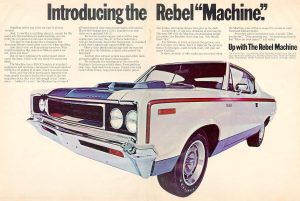
The Rebel Machine was known for its bold and aggressive styling. The most recognizable version featured a distinctive red, white, and blue color scheme that reflected its American heritage. The interior was relatively simple but functional, with bucket seats and a performance-oriented dashboard that included a tachometer. One of the most striking features was the large functional hood scoop with “Machine” lettering, which was both an aesthetic and performance feature, aiding in air intake for the engine.
The heart of the Rebel Machine was its powerful 390 cubic inch (6.4 L) V8 engine. This engine was capable of producing 340 horsepower and 430 lb-ft of torque, giving it impressive performance for the era. It could go from 0 to 60 mph in around 6.4 seconds and had a top speed of about 140 mph, making it competitive with other muscle cars of its time.
The standard transmission was a 4-speed manual, but an automatic transmission was also available. The Rebel Machine came with a heavy-duty suspension system, high-rate springs, and a rear sway bar, which helped improve its handling characteristics.
- Production Year: 1970
- Production Numbers: Approximately 2,326 units were produced

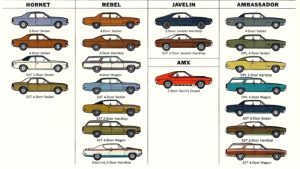
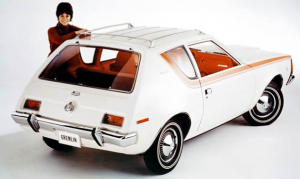
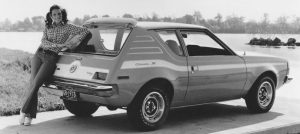
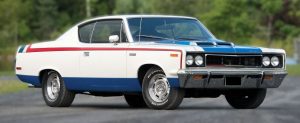
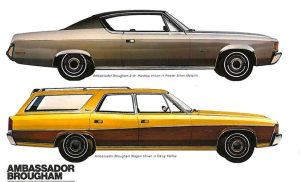
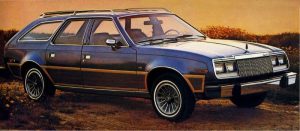
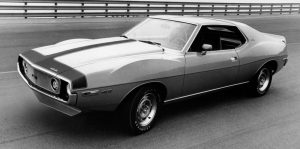
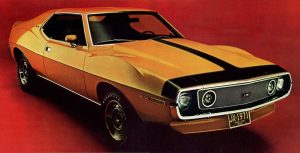
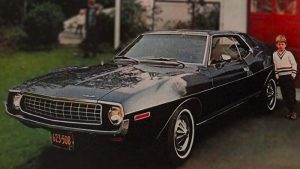
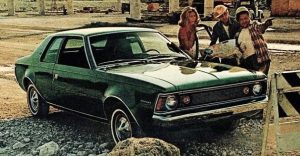
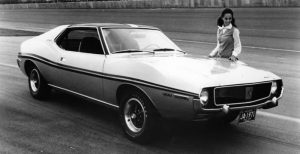

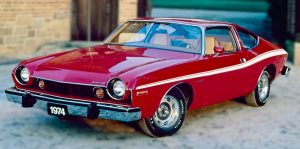
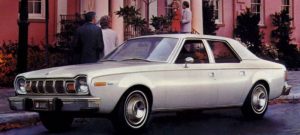


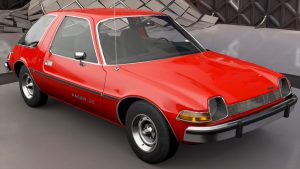
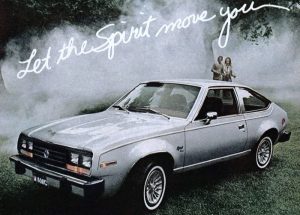

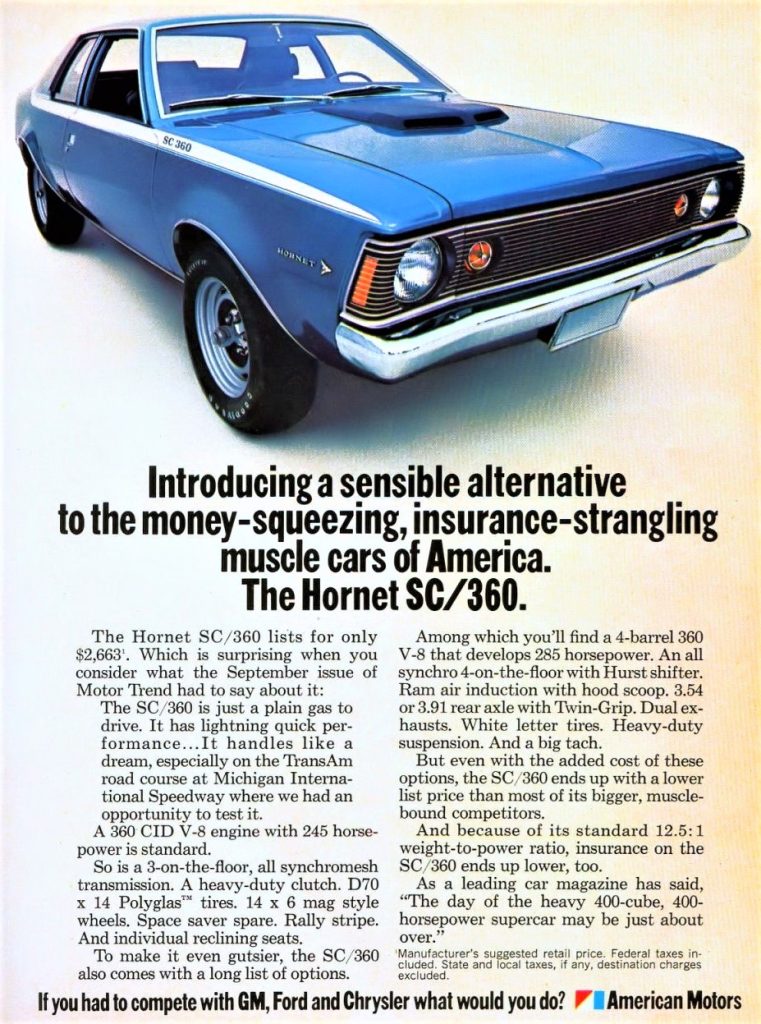

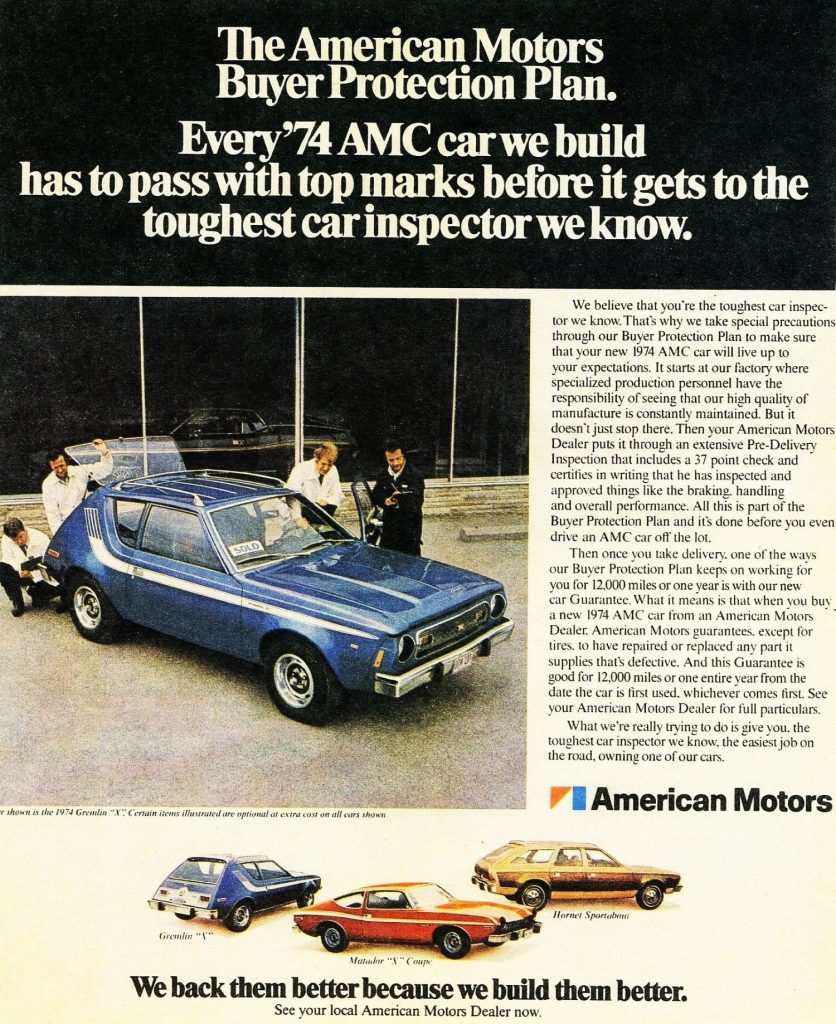
You must be logged in to post a comment.